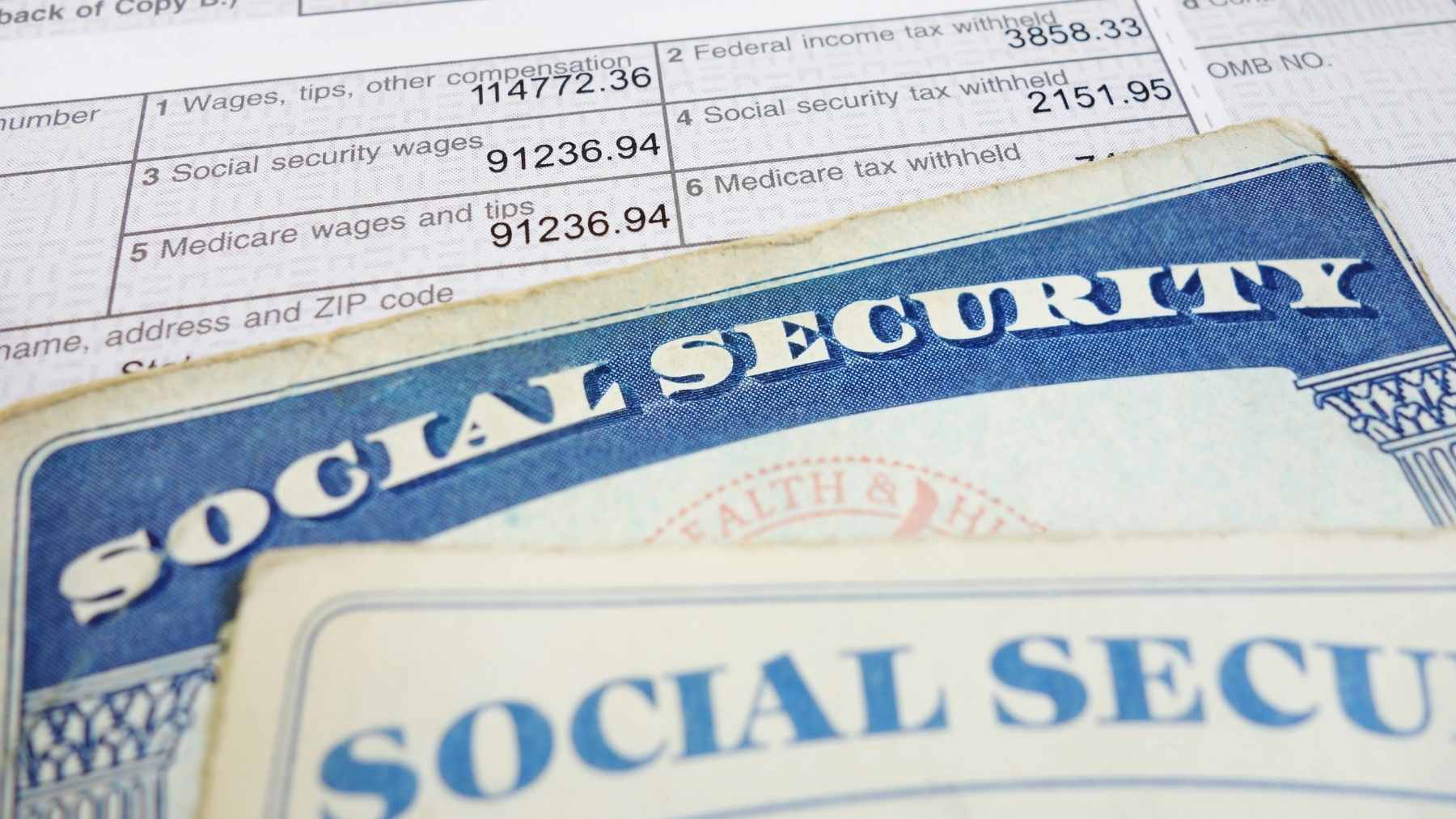Every month, the Social Security Administration (SSA) distributes millions of payments to their beneficiaries, following a strict and timely schedule. With approximately 70 million beneficiaries waiting to receive payment each month, ensuring that a rigorous and predictable schedule is kept is not only advantageous from an admin perspective, but also ensures that beneficiaries can plan their monthly expenses accurate to when they will receive their next payment. This next group will soon receive $5,000 from the Administration.
The SSA keeps a timely payment schedule
SSA recipients are paid out each month according to a timely schedule which rarely deviates unless the payment date falls on a weekend or on a holiday. The date when you are paid your benefits does not generally change, and depends upon when your birthdate is, which fund you claim benefits from, and the time in which you claimed your benefits.
The general SSA payment schedule operates as follows:
- The second Wednesday of the month: Birth dates between the first and 10th of the month.
- The third Wednesday of the month: Birth dates between the 11th and 20th of the month.
- The fourth Wednesday of the month: Birth dates between the 21st and 31st of the month.
However, these payment dates are not applicable to you regardless of when your birthdate is if you are a Supplementary Security Income (SSI) recipient. SSI is specifically paid out to those who have very little or no income and/or resources. If you are an SSI-only recipient, you are paid on the first of every month. If you receive both SSI and a retirement income, you are paid on the third of every month. Additionally, according to the Social Security payment schedule, you are paid on the third of the month if you claimed your retirement benefits before May 1997.
These beneficiaries will receive over $5,000 on this date
Following the Social Security payment schedule, the next upcoming payment for beneficiaries is this week on July 23. On this date, some beneficiaries will be receiving a payment as high as $5,108–which is the maximum Social Security payment a retirement beneficiary can receive form the Administration.
While this is the maximum benefit which retirement beneficiaries are able to claim, the average beneficiary receives approximately $2,000 in payment. In order to qualify to receive the maximum payment, specific criteria needs to be met, including:
- Waiting to claim your benefits until you reach 70 years old
- Paying Social Security taxes on 35 years of income
- Achieving at least 40 working credits
The most important criteria here which needs to be understood is waiting to delay claiming your benefits. While the SSA does allow you to claim your benefits as early as 62 years of age, they reward beneficiaries with higher monthly payments should you choose to wait to claim until 70 years old, after which there is no additional benefit for you for delaying claiming.
How to increase your SSA payments
While waiting to claim your benefits is one of the most sure ways you will receive higher payments once you do claim, there are other strategies you can make use of in order to ensure that you can maximize your monthly payments when the time comes.
One lesser known fact by beneficiaries is that if you have been married for at least ten years, regardless if you and your spouse are now divorced, you are still eligible to receive spousal benefits. In addition, you may also be eligible for survivor benefits from your former spouse’s Social Security. However, to increase your retirement benefits, the best strategy you can do is ensure that you have a robust and comprehensive retirement and savings plan which is not just reliant on your SSA income.
Disclaimer: This content is informational only and does not supersede or replace the SSA’s or IRS’s own publications and notices. Always verify any specific dates and amounts by following the direct links in our article to SSA.gov or IRS.gov, or by consulting your local SSA field office or tax professional.













